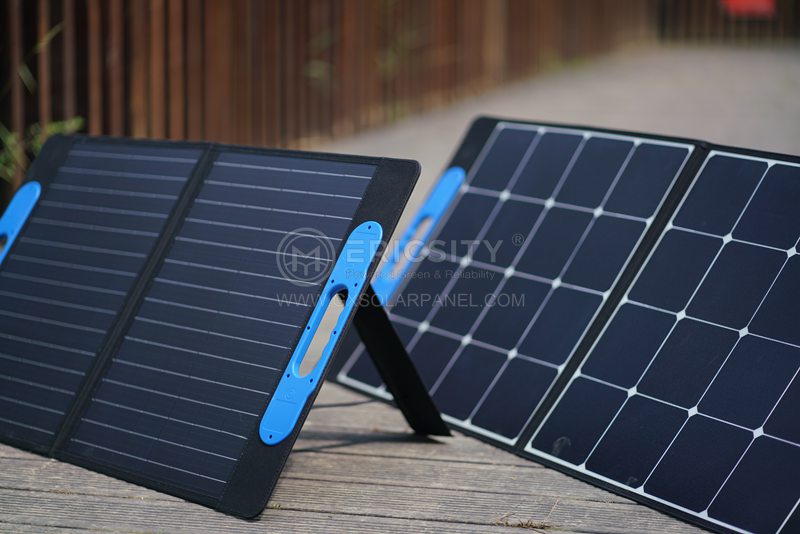HOT PRODUCT
Product Details
The Complete Picture: Understanding Solar Panel System Costs
The Complete Picture: Understanding Solar Panel System Costs
Solar energy has rapidly gained popularity as a reliable and sustainable source of power for residential and commercial purposes. As the cost of solar panel systems continues to decrease, more and more people are considering making the switch to solar energy. However, understanding the various costs associated with a solar panel system is essential to make an informed decision. In this article, we will delve into the different components that contribute to the overall cost of a solar panel system, allowing you to see the complete picture.
1. Solar Panels and Installation
The first and most significant cost you’ll encounter when installing a solar panel system is the actual solar panels themselves. The cost of solar panels depends on the type, brand, efficiency, and size of the system you choose. High-quality panels will generally be more expensive but tend to provide better performance and longevity.
Additionally, the installation costs will vary based on your location, the complexity of the installation, and any additional labor required. Hiring a professional installer ensures the proper setup and adherence to local regulations, but it might increase the overall expense.
2. Inverter
The inverter converts the direct current (DC) generated by the solar panels into the alternating current (AC) that powers your home. Inverters are crucial components of a solar panel system, and their cost depends on the size and type of the system. String inverters are the most common and cost-effective, but microinverters or power optimizers, which optimize the output of each panel, may be a higher-priced alternative.

3. Mounting and Racking
Solar panels need to be securely mounted on the roof or the ground to ensure optimal sunlight exposure. Mounting and racking costs will vary depending on the type of roof, the complexity of the installation, and the system’s size. Additionally, if your roof requires reinforcement or repairs to support the solar panels, the cost will increase accordingly.


4. Balance of System (BOS) Components
The balance of system components includes electrical wiring, breakers, disconnects, and other equipment necessary for the safe and efficient operation of the solar panel system. These costs are relatively minor compared to the other components but are essential for the overall functionality of the system.
5. Permits and Inspection
Before installing a solar panel system, you will typically need to obtain permits and have inspections to ensure compliance with local regulations. This process incurs certain costs, such as permit fees and potential administrative fees. However, these costs are necessary to ensure the safety and reliability of your solar installation.
6. Maintenance and Monitoring
Solar panel systems require minimal maintenance, but it’s important to consider any potential maintenance costs when calculating the overall expenses. This may include occasional cleaning, panel inspections, and replacement of any faulty components. Additionally, investing in a monitoring system allows you to monitor your system’s performance and address any issues promptly.
7. Financial Incentives and Financing Options
When evaluating the cost of a solar panel system, it is essential to consider potential financial incentives and available financing options. Many countries and regions offer tax credits, rebates, or other incentives to promote solar energy adoption. Additionally, solar-specific financing options, such as loans or Power Purchase Agreements (PPAs), can make solar more accessible and affordable.
In conclusion, understanding the complete picture of solar panel system costs involves considering the various components mentioned above, including solar panels, installation, inverters, mounting, BOS components, permits, maintenance, and available financial incentives. While the initial investment may seem significant, solar panel systems offer long-term savings through reduced energy bills and a lower environmental impact. By carefully assessing your needs, exploring different options, and consulting with professionals, you can make an informed decision that aligns with your budget and sustainable goals.




